Desert plants offer both beautiful flowers and also an equally amazing selection of fruits. A walk through the desert could give you a chance to see many of these eye-catching flowers and fruits.
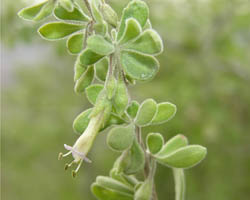 |  | |
| ||
 |  | |
| ||
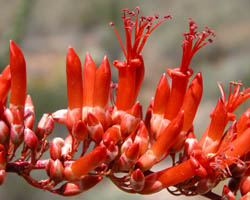 | 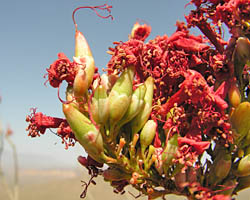 | |
| ||
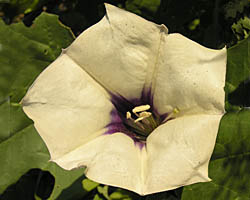 | 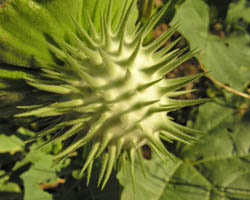 | |
| ||
 | 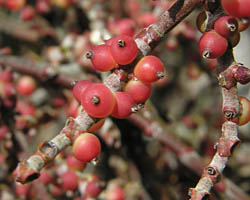 | |
| ||
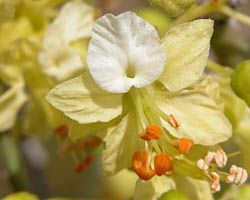 | 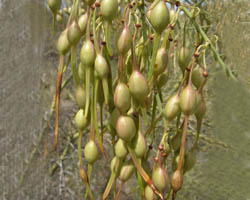 | |
| ||
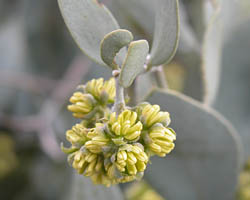 |  | |
| ||
 | 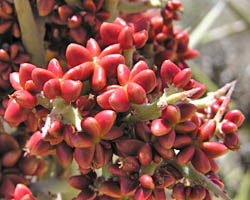 | |
| ||
Images copyrighted and courtesy of John Alcock. Prickly pear via Wikimedia Commons by Tomás Castelazo.
Read more about: Desert Fruits Rock!
Bibliographic details:
- Article: Desert Flowers and Fruits
- Author(s): Dr. Biology
- Publisher: Arizona State University School of Life Sciences Ask A Biologist
- Site name: ASU - Ask A Biologist
- Date published: 2 Mar, 2010
- Date accessed:
- Link: https://askabiologist.asu.edu/desert-flowers-and-fruits
APA Style
Dr. Biology. (Tue, 03/02/2010 - 09:31). Desert Flowers and Fruits. ASU - Ask A Biologist. Retrieved from https://askabiologist.asu.edu/desert-flowers-and-fruits
Chicago Manual of Style
Dr. Biology. "Desert Flowers and Fruits". ASU - Ask A Biologist. 02 Mar 2010. https://askabiologist.asu.edu/desert-flowers-and-fruits
MLA 2017 Style
Dr. Biology. "Desert Flowers and Fruits". ASU - Ask A Biologist. 02 Mar 2010. ASU - Ask A Biologist, Web. https://askabiologist.asu.edu/desert-flowers-and-fruits

You might be familiar with some desert fruits, but there are many more types of desert fruits and flowers than you might think.
Be Part of
Ask A Biologist
By volunteering, or simply sending us feedback on the site. Scientists, teachers, writers, illustrators, and translators are all important to the program. If you are interested in helping with the website we have a Volunteers page to get the process started.

